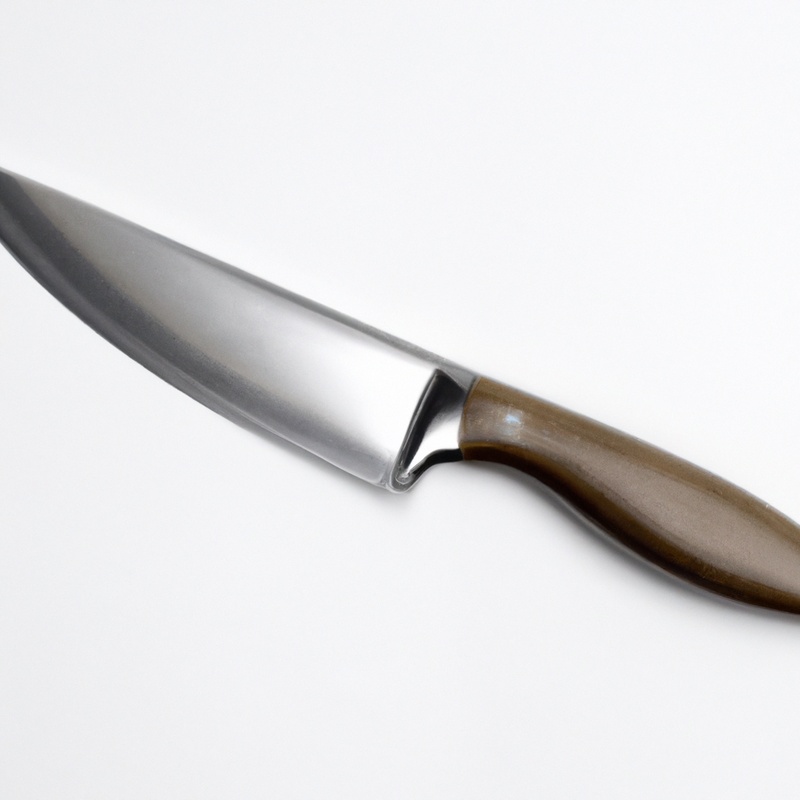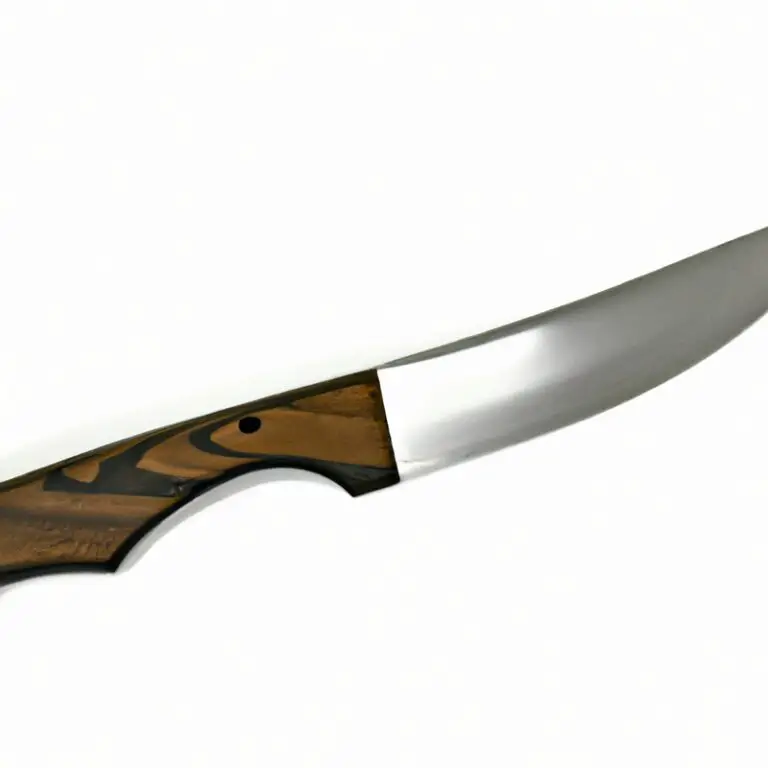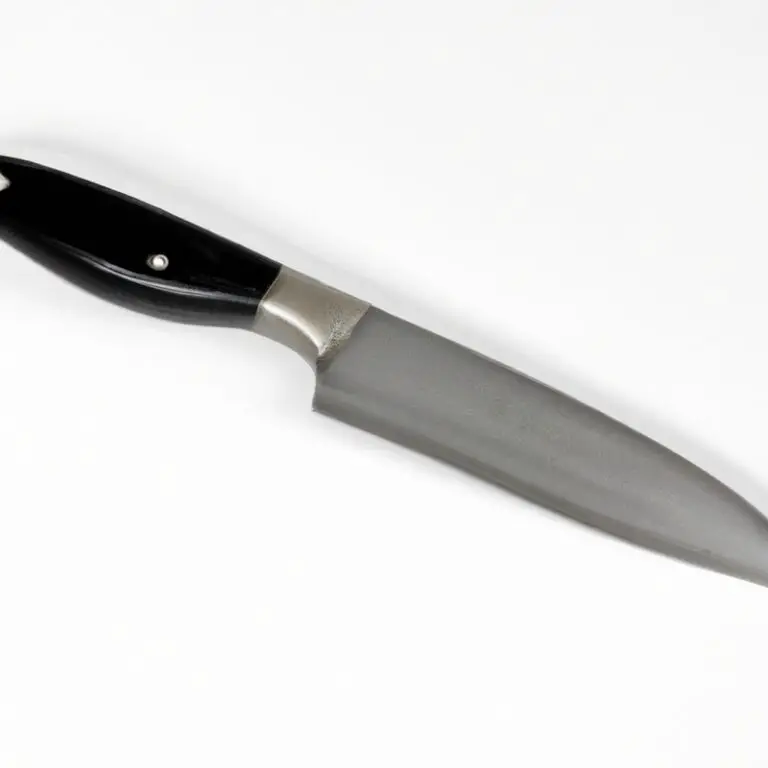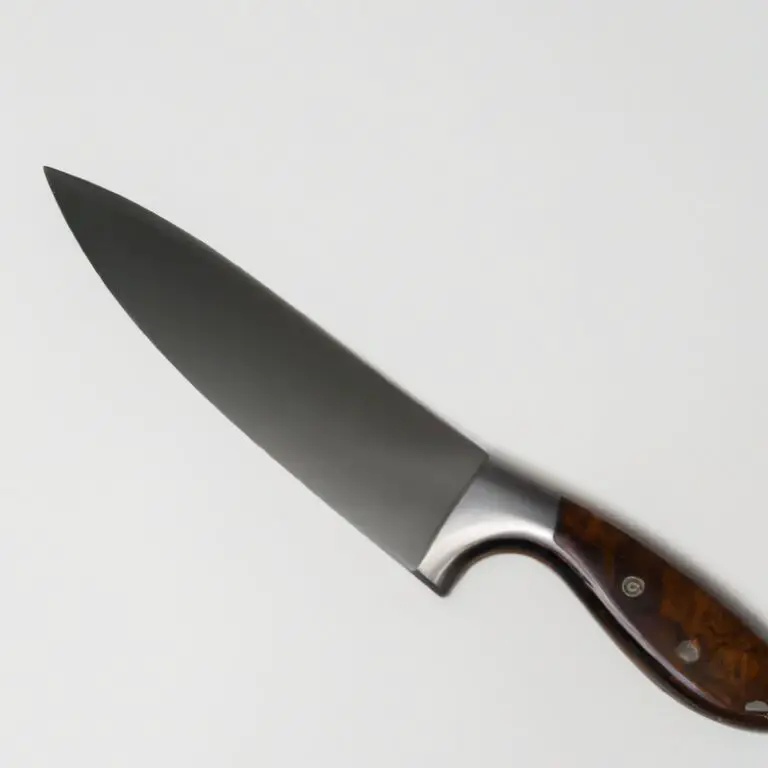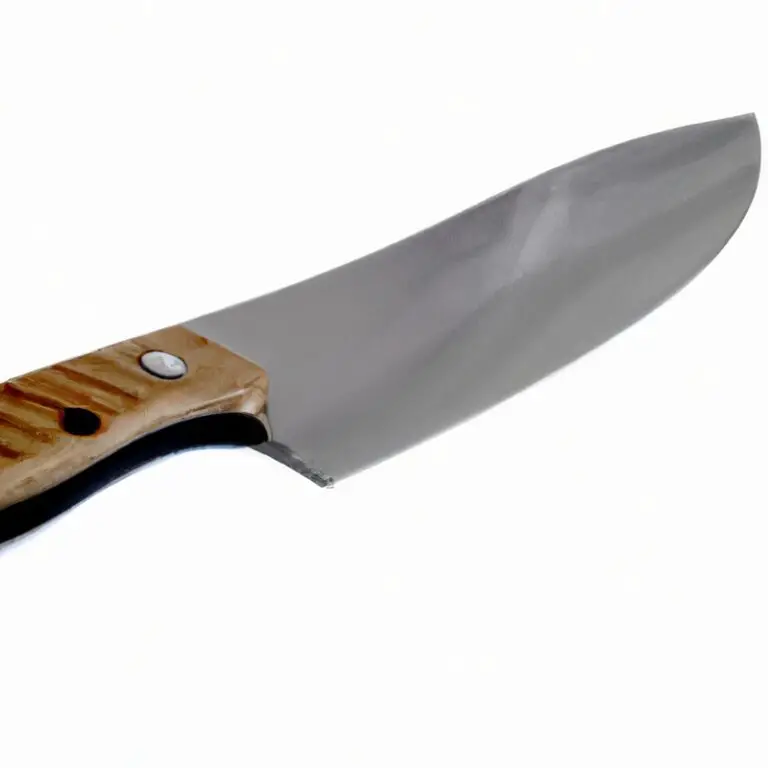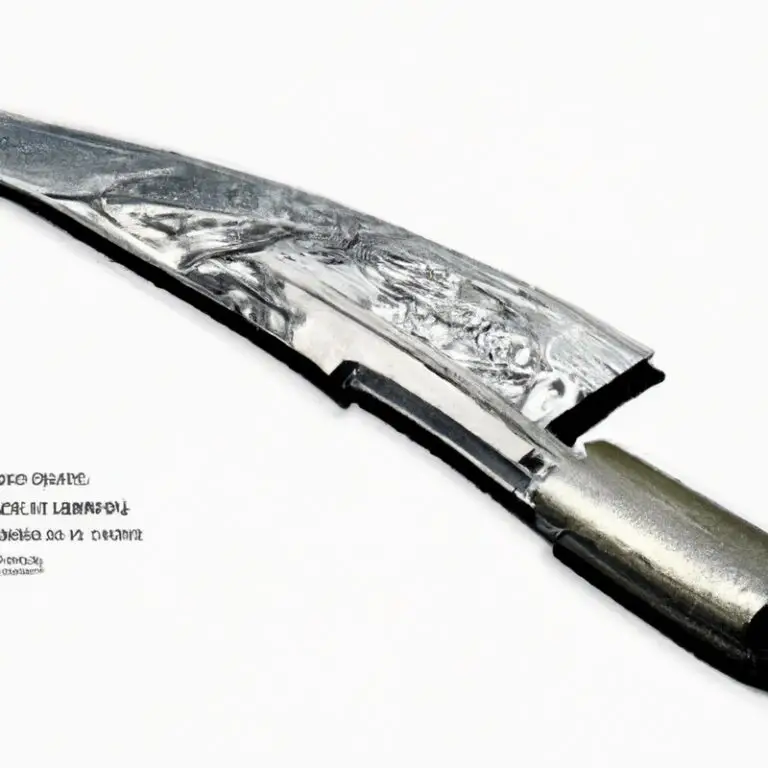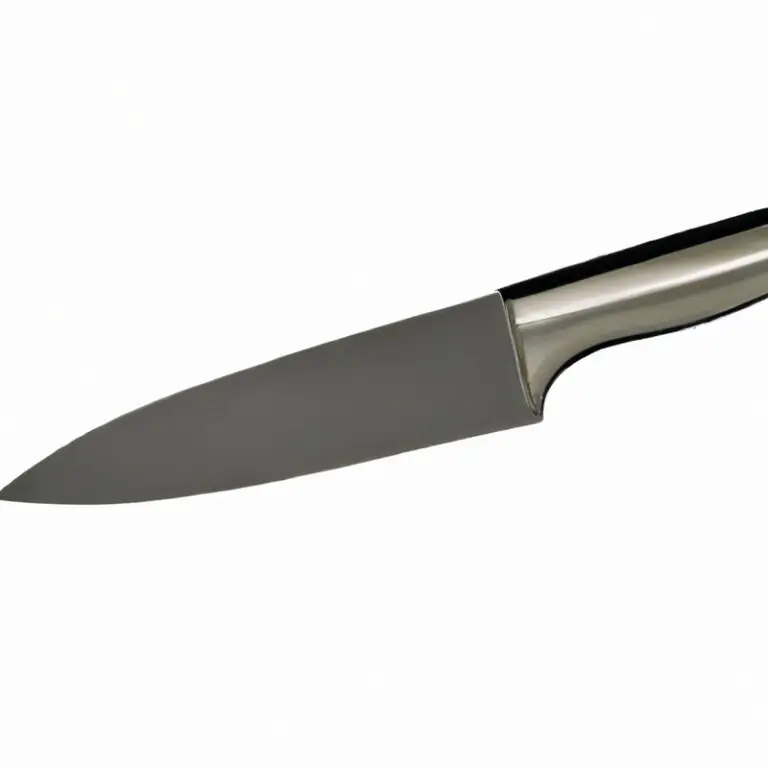How To Fillet a Freshwater Drum Using a Fillet Knife Like a Pro?
Key Takeaways:
- A sharp fillet knife and a proper technique are key to successfully filleting a freshwater drum.
- Removing the rib bones first can make filleting the rest of the fish much easier.
- Practice and patience are crucial for mastering filleting skills and achieving the desired outcome.
- Proper handling and cooking of the filleted fish is important for food safety and flavor.
Freshwater drum, also known as sheepshead, is a popular game fish found in North America’s freshwater bodies. Cleaning and filleting a drum can be a daunting task for novice anglers and chefs.
But with the right tools and techniques, filleting a freshwater drum can be an easy and rewarding experience.
In this guide, I will take you through step-by-step instructions on how to fillet a freshwater drum using a fillet knife. From preparing the fish to serving a delicious meal, you’ll learn the essential tools, tips, and techniques to fillet and cook a freshwater drum like a pro.
| Steps | Instructions |
|---|---|
| Step 1 | Remove the scales from the drum using a scaler or the back of a knife. Rinse the drum under cold water. |
| Step 2 | Place the drum on a cutting board and make a cut behind the gill plate down to the backbone with a sharp fillet knife. Repeat on the other side. |
| Step 3 | Starting at the top of the fish, run the fillet knife along the backbone towards the tail. |
| Step 4 | Hold the fillet at the tail end and run the knife lengthwise along the skin to separate the flesh from the skin. Repeat on the other side. |
| Step 5 | Remove any remaining bones from the fillets using pliers or a tweezers. Rinse the fillets under cold water and pat them dry with paper towels. |
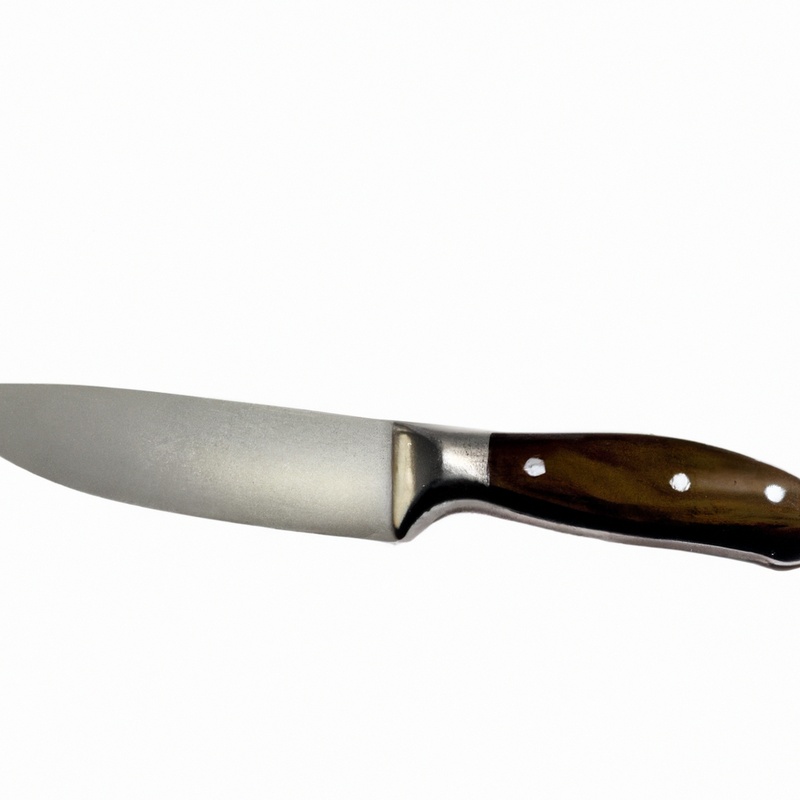
Why Filleting a Freshwater Drum is Important?
Filleting a freshwater drum is important for several reasons. Firstly, it helps to remove the bones from the fish, making it easier and safer to eat.
Freshwater drum is a bony fish, with many small bones that can be difficult to remove.
Filleting ensures that you can enjoy the fish without worrying about getting a bone stuck in your throat. Secondly, filleting a freshwater drum allows you to separate the meat from the skin.
The skin of a freshwater drum can have a strong, muddy flavor, which can be overpowering if cooked with the meat.
By filleting the fish, you can remove the skin and ensure that the final dish has a clean, fresh flavor. Finally, filleting a freshwater drum is important for efficiency.
By removing the bones and skin, you can maximize the amount of meat you get from each fish.
This makes it easier to prepare large quantities of fish for cooking, and can also help to save money. Overall, filleting a freshwater drum is an important step in preparing this fish for cooking and eating.
While it can be a bit intimidating at first, the rewards are well worth the effort.
Essential Tools for Filleting a Freshwater Drum
To successfully fillet a freshwater drum, there are a few essential tools that you’ll need to have on hand. These tools include a fillet knife, cutting board, pliers, and a source of running water.
A fillet knife is the most important tool for filleting a freshwater drum as it allows for precision cuts to remove the fillet from the fish.
The best fillet knives are long, flexible, and have a sharp, pointed tip for navigating around bones and skin. A non-slip cutting board is necessary for safety and to keep the fish in place while filleting.
A cutting board with a groove to catch juices will also make for easier cleanup.
Pliers come in handy for removing any small bones left in the fillet. Needle-nose pliers work well for this task.
Lastly, running water is important for rinsing the fish and the fillet knife between cuts to keep everything clean and sanitary.
Having these essential tools on hand will make the process of filleting a freshwater drum much smoother and easier.
Step-by-step Guide for Filleting a Freshwater Drum
Step-by-step Guide for Filleting a Freshwater Drum:
- After cleaning and scaling the fish, lay it on its side and make the first cut behind the gills and down to the backbone using a sharp fillet knife.
- Following the backbone, cut from the head towards the tail, keeping the knife blade as close to the bone as possible.
- Turn the fish over and repeat the same process on the other side.
- Once both fillets are removed, place them skin side down and remove the skin by slicing through the flesh just above the skin.
- To remove the small bones, use tweezers or needle-nose pliers to pull them out.
- Check closely for any remaining bones and remove them.
- Rinse the fillets with cold water and dry them using a paper towel.
Now you have fresh, boneless fillets that can be cooked and served according to your preference.
Preparing the Fish before Filleting
Before starting the filleting process, you need to clean and prepare the freshwater drum properly. Begin by scaling the fish and removing the head and tail.
Use a sharp knife to make a small incision around the dorsal fin and use pliers to pull it out.
Next, gut the fish by cutting from the anal opening to the base of the gills. Rinse the fish thoroughly with cold water and pat it dry with a paper towel.
Once the fish is clean and dry, you’re ready to begin filleting.
How to Make the First Cut with a Fillet Knife?
To make the first cut with a fillet knife, you need to place the fish on a cutting board with its underside facing up. Insert your fillet knife’s tip behind the gills at a 45-degree angle towards the head of the fish.
Run the knife until it reaches the backbone of the fish.
Make a small incision on the flesh and slide the blade down towards the tail. Maintain a slight pressure on the knife while cutting along the backbone from head to tail until the fillet is completely separated from the fish.
Repeat the procedure for the other side.
Keep the blade as close to the backbone as possible for a clean and efficient cut. A sharp fillet knife works best for clean and precise cuts.
Removing the Skin from the Freshwater Drum
To remove the skin from the freshwater drum, start by placing the fillet skin-side down on a cutting board. Hold the tail end firmly and make a small cut between the skin and the meat at the thinnest part of the fillet.
Next, insert the blade of the fillet knife at a flat angle and slide it between the skin and the meat.
Use a sawing motion while applying slight pressure to separate the skin from the meat. Make sure to remove any remaining scales or bones from the fillet and discard them.
Repeat the process for the other fillet.
Removing the skin from the freshwater drum not only improves the taste and texture of the fish but also makes it easier to prepare and cook.
Trimming the Fillet to Remove Small Bones
Trimming the fillet to remove small bones is a crucial step in filleting a freshwater drum. These small bones are often hard to detect and can make the fish less enjoyable to eat.
To remove these bones, lay the fillet on a clean cutting board and examine it closely.
Use a pair of pliers or tweezers to remove any visible bones. To find the harder-to-spot bones, run your fingers over the fillet to feel for any protrusions.
Use your fillet knife to make small incisions around the bone to remove it cleanly.
Be careful not to remove too much of the meat while trimming the fillet. Take your time and use a light touch to avoid cutting through the tender fillet.
With a little patience and attention, you can remove all the small bones and enjoy a delicious freshwater drum fillet.
How to Fillet the Other Side of the Freshwater Drum?
After successfully filleting one side of the freshwater drum, turn the fish over and repeat the process on the other side. Starting from the head or tail, make an incision along the spine, then gradually cut through the flesh, holding the fillet with one hand and the knife with the other.
As you near the rib bones, use the fillet knife to separate them from the flesh, working your way carefully towards the tail.
Once the fillet is completely removed, repeat the process for the other side.
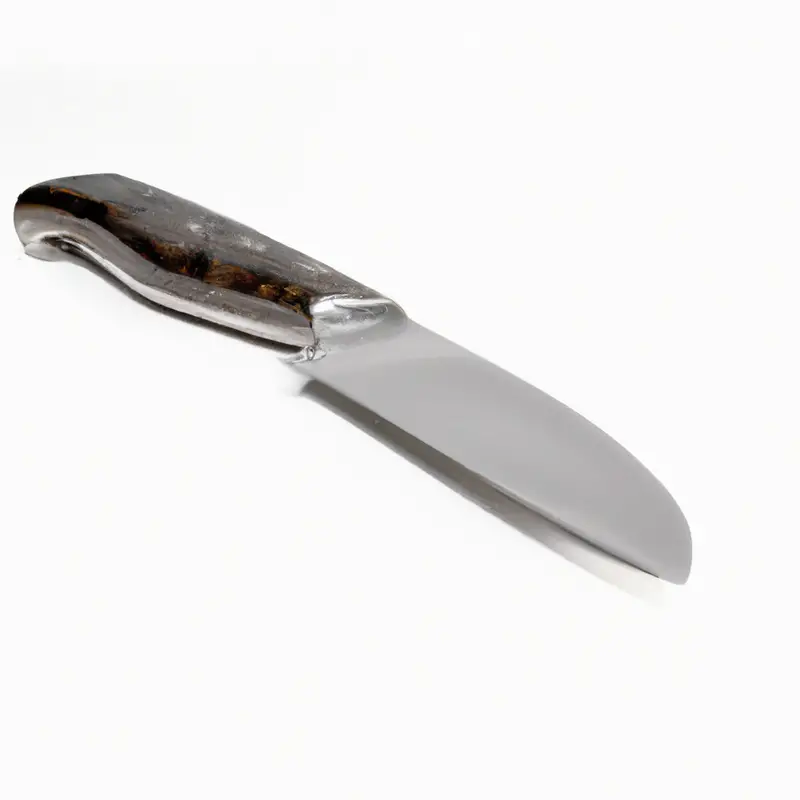
Tips to Avoid Wasting Meat during Filleting
To avoid wasting meat during filleting, it is essential to follow some tips. Firstly, you should sharpen your fillet knife before starting to fillet the fish to ensure efficient cuts.
Secondly, using a cutting board with a non-slip surface and securing the fish with a clamp will help prevent losing meat due to slipping or movement.
Thirdly, it is important to cut as close to the bones as possible without damaging the meat. Finally, you can utilize the remaining trimmings to make fish stock or bait instead of discarding them.
These simple tips can help you maximize your freshwater drum meat while minimizing waste during filleting.
Storing the Filleted Freshwater Drum properly
Once the filleting process is complete, storing the filleted freshwater drum properly is important to maintain its freshness and prevent spoilage. The best way to store fillets is by rinsing them with cold water, patting dry with a paper towel, and then wrapping them tightly in plastic wrap or aluminum foil.
To extend the shelf life of the fillets, place them in an airtight container or resealable bag and keep them in the refrigerator for up to 2-3 days.
For longer storage, you can freeze the fillets by placing them in a freezer-safe bag or container, removing as much air as possible, and labeling them with the date of freezing. When thawing frozen fillets, it is recommended to do so in the refrigerator overnight rather than at room temperature.
This will prevent the fish from developing bacteria and also maintain the texture and flavor of the fillets.
Proper storage of filleted freshwater drum is essential to ensure that the fillets remain fresh and flavorful for future consumption.
Cooking and Serving Options for Freshwater Drum Fillets
Cooking and serving freshwater drum fillets is a great experience for any seafood lover. There are a variety of ways to prepare this fish, and it can be grilled, baked, broiled, or fried.
One popular method is to simply grill the fillets with some salt and pepper.
Brushing them with some garlic butter and herbs adds even more flavor and can make for a delicious main course or appetizer. Another option is to marinate the fillets in a mixture of olive oil, lemon juice, and seasonings before grilling or baking.
This adds a tangy and savory flavor to the dish.
Some creative ways to serve the fillets include placing them on a bed of rice, adding them to a salad, or using them as the main ingredient in fish tacos. They can also be served with a variety of sides, such as roasted vegetables, mashed potatoes, or a side salad.
No matter how you choose to cook and serve your freshwater drum fillets, remember to handle them carefully and store them properly to ensure the best possible taste and texture.
Final Verdict
Filleting a freshwater drum is a skill that any angler should master. Armed with the right tools and techniques, you can turn this often-overlooked fish into a delicious meal.
Whether you’re planning to fry, bake, or grill the fillets, you can rest assured that you’re getting the most out of your catch.
By following the step-by-step guide we’ve provided, you can fillet a freshwater drum with ease, while minimizing waste and avoiding bones. Remember to handle the fish with care and to store the fillets properly before cooking.
With practice and patience, you’ll soon be able to fillet a freshwater drum like a pro.
So go ahead, give it a try, and impress your friends and family with your newfound skills. Happy filleting!

